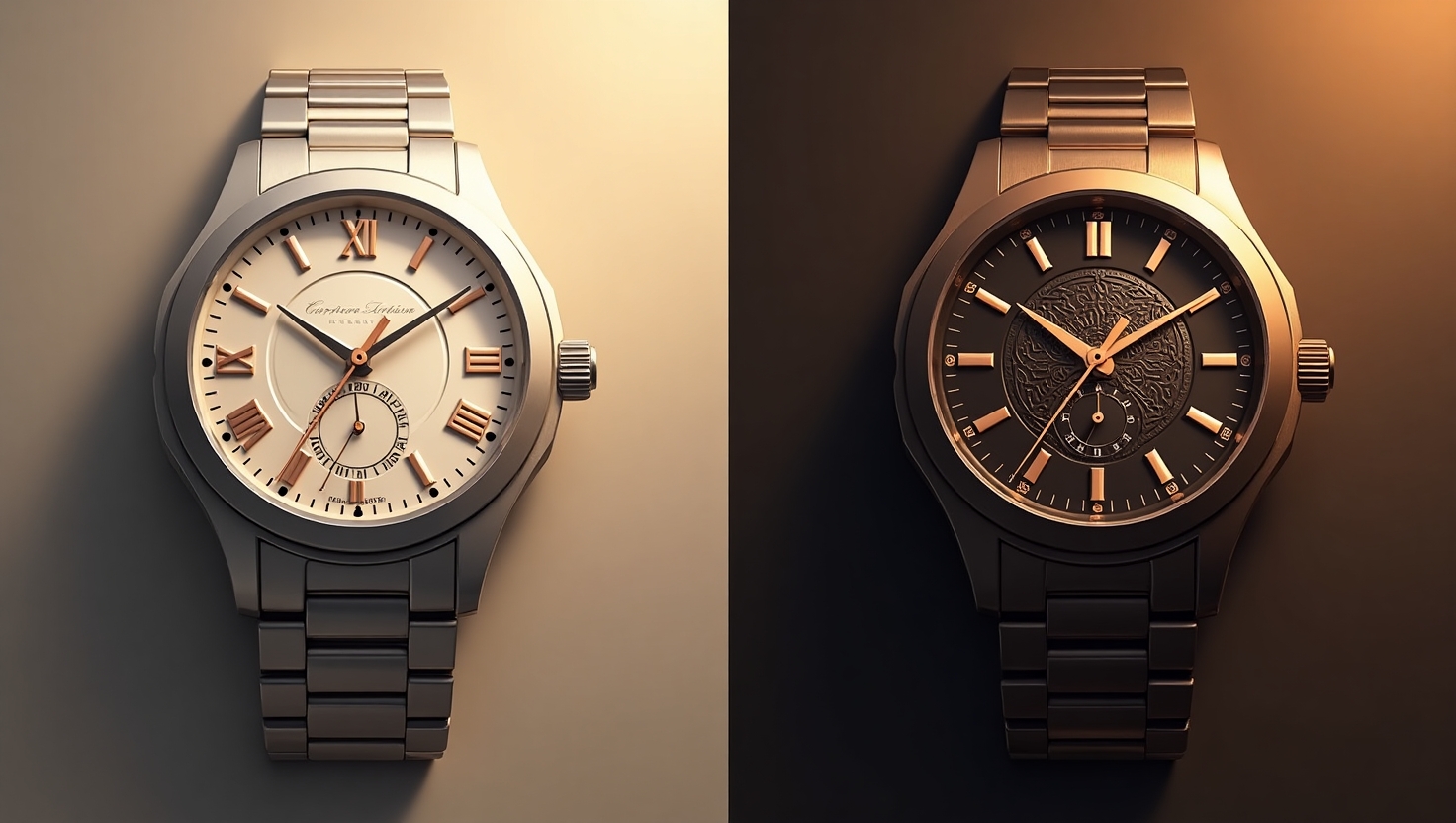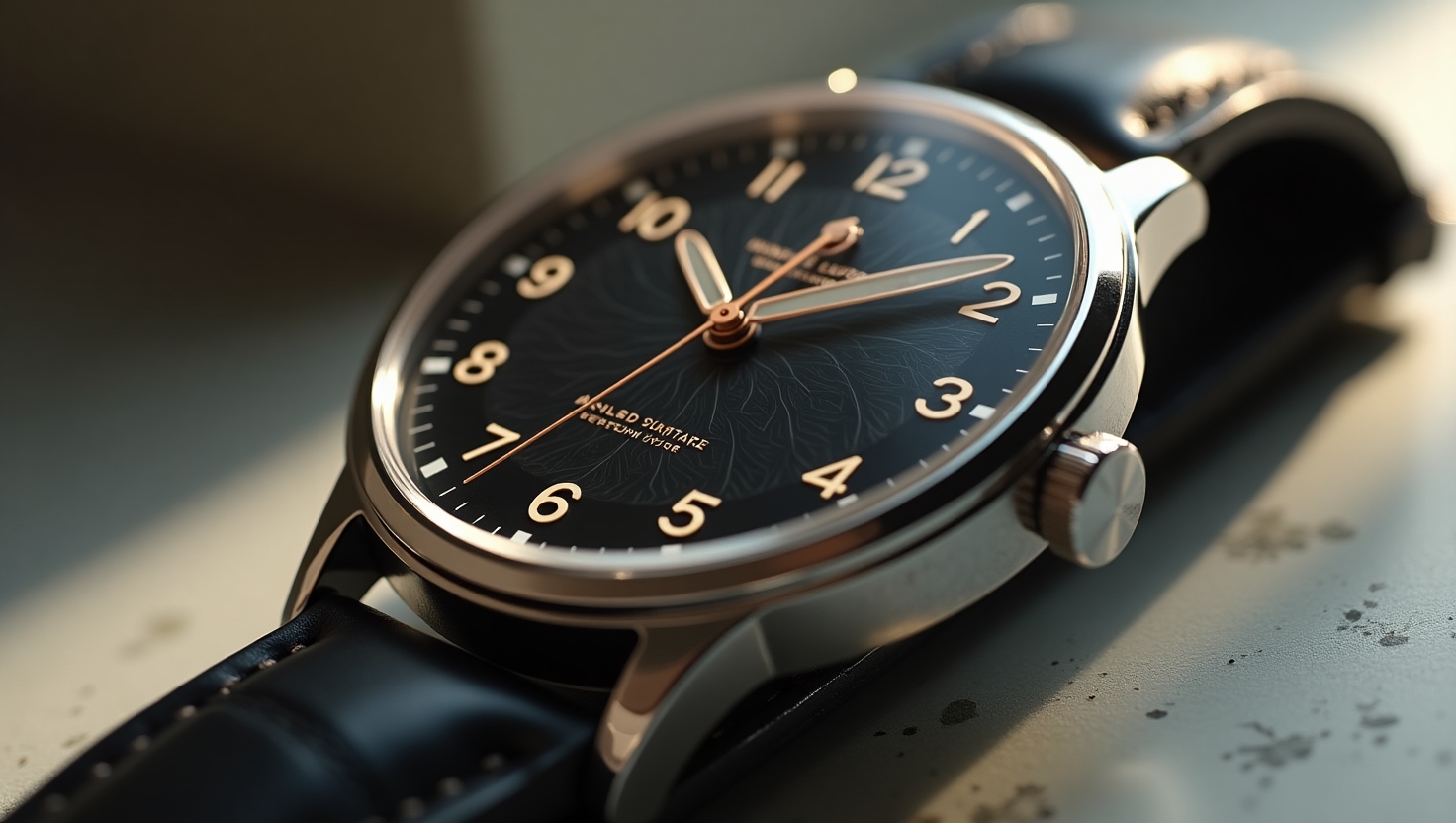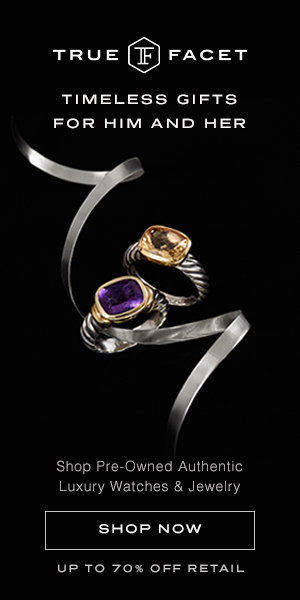Arabic Numerals on Watches: What They Are & Why They Matter in Watch Design
From the bold, minimalist digits on a Rolex Submariner to the sleek numerals of a modern pilot’s watch — numbers on watch dials are more than just design elements. They serve as critical tools for readability, style, and even identity.
Introduction – Numbers on Dials: A Timeless Design Choice
Watches are not only instruments for telling time — they’re also expressions of personality, purpose, and design philosophy. One of the most visible choices a watchmaker makes is the type of numbers used on the dial.
While Roman numerals have long been associated with elegance and tradition, Arabic numerals bring clarity, practicality, and modern flair to the table.
Today, Arabic numerals are widely used across a range of watch styles — from rugged dive watches to refined everyday wearables. Whether it’s the oversized “3,” “6,” and “9” on a Rolex Submariner or the subtle hour markers on a dress watch, Arabic numerals play a crucial role in making time readable at a glance.
Let’s begin by understanding exactly what Arabic numerals are — and why they’ve become so essential in watch design.
What Are Arabic Numerals? – Definition, Meaning & Origin

Arabic vs Roman Numerals Watches
Formal Definition:
Arabic numerals refer to the set of ten digits — 0 through 9 — that form the basis of the modern decimal numbering system used globally today.
Unlike Roman numerals , which rely on letters (I, V, X, L, etc.), Arabic numerals allow for efficient arithmetic, easy recognition, and universal application.
Historical Adoption:
- In ancient times, Roman numerals dominated Europe.
- By the 9th century , Arabic numerals had reached the Islamic world, where they were further refined.
- In the 12th century , translations of Arabic mathematical texts into Latin brought the system to Europe.
- By the Renaissance , merchants and scientists began adopting Arabic numerals due to their efficiency in trade and science.
- By the 19th and 20th centuries , Arabic numerals became standard in clocks, watches, and global communication.
Why Are Arabic Numerals Used on Watches?
The answer lies in a blend of functionality , design , and practicality .
Readability:
Arabic numerals are instantly recognizable. Unlike Roman numerals, which require interpretation (e.g., “VII” = 7), Arabic numerals like “7” are clear at a glance.
This is especially important for professionals such as pilots, divers, and military personnel who need to read time quickly under pressure.
Modern Aesthetic:
They lend a clean, contemporary look to dials — especially in sporty or casual designs.
Brands often use bold, high-contrast numerals to create a striking visual impact — a hallmark of many iconic sports watches.
Functional Advantage:
Pilots, divers, and professionals benefit from the clarity Arabic numerals provide.
For example, the Rolex Submariner features large 3, 6, and 9 numerals to ensure legibility underwater, while the Omega Speedmaster Professional uses Arabic numerals for quick reference in space missions.
Versatility in Design:
Watchmakers can adapt Arabic numerals to suit various aesthetics:
- Large numerals: Often found on pilot and diver watches
- Minimalist numerals: Seen on sleek, everyday wear models
- Partial numerals: Some watches combine Arabic numerals with indices or Roman numerals
This flexibility allows designers to balance form and function while catering to different tastes.
Arabic vs. Roman Numerals – A Style and Readability Comparison
Feature |
Arabic Numerals |
Roman Numerals |
| Readability | High | Medium |
| Style | Modern, casual, sporty | Classic, elegant, formal |
| Use Cases | Pilot watches, dive watches, everyday wear | Dress watches, vintage styles |
| Popular Brands Using Them | Rolex, Omega, Seiko | Patek Philippe, Cartier, Jaeger-LeCoultre |
When to Choose Which?
Choose Arabic numerals if:
- You value clarity and speed
- You own sporty or utility-focused watches
- You prefer modern aesthetics
- You need easy-to-read time markers
Choose Roman numerals if:
- You appreciate traditional elegance
- You own a luxury or dress watch
- You enjoy the classic charm of old-world design
- You want your timepiece to feel timeless and sophisticated
Iconic Watches Featuring Arabic Numerals
Here are some of the most iconic and beloved watches that use Arabic numerals on their dials:
Luxury Watches with Arabic Numerals:
Brand |
Model |
Features |
| Rolex | Submariner | Bold 3, 6, 9 numerals for dive safety |
| Omega | Speedmaster Professional | Legendary moon watch with large Arabic markers |
| Seiko | Prospex Series | Affordable dive watches with clear numerals |
| Grand Seiko | Sport Collection | Elegant yet legible Arabic dial watches |
| Tudor | Black Bay GMT | Combines retro looks with modern readability |
Affordable & Everyday Options:
Brand |
Model |
Features |
| Casio | G-Shock | Digital and analog Arabic numeral models |
| Citizen | Eco-Drive | Solar-powered watches with clean numerals |
| Timex | Expedition | Budget-friendly field watches with bold numerals |
Vintage-Inspired Picks:
Brand |
Model |
Features |
| Hamilton | Khaki Field Mechanical | Military-style Arabic dial |
| Orient | Bambino Arabic Dial | Retro charm with classic numerals |
Search Queries Answered:
- Luxury watches with Arabic numerals
- Men’s watches with Arabic numerals
- Rolex with Arabic numerals
- Women’s watches with Arabic numerals
How to Style Watches with Arabic Numerals
The beauty of Arabic numerals lies not only in their clarity but also in their adaptability to different styles.
Casual Look: Pair your watch with jeans, t-shirts, and sneakers for an effortless, everyday vibe.
Sporty Vibe: Great with athletic gear, hiking boots, or swimwear — especially if your watch has bold numerals.
Professional Setting: A minimalist Arabic dial watch works well with smart-casual attire or even business wear.
Vintage Appeal: Some models blend retro charm with modern function — perfect for those who love heritage-inspired designs.
Styling Tips:
- Bold numerals = statement piece
- Minimalist numerals = subtle elegance
- Consider color contrast (e.g., white numerals on black dial)
The History of Arabic Numerals in Watchmaking

Luxury Watch
While early clocks and pocket watches predominantly used Roman numerals , the shift toward Arabic numerals began in the 19th and 20th centuries , driven by practicality and industrialization.
Key Developments:
- 19th Century: As watches became tools rather than luxury items, clarity became more important than tradition.
- Early 20th Century: Military and aviation watches led the way in adopting Arabic numerals for improved readability under pressure.
- Mid-20th Century: Iconic models like the Rolex Submariner and Omega Speedmaster cemented Arabic numerals as a staple in professional and sport watches.
Design Philosophy:
Today, the choice between numeral types often reflects brand identity and target audience:
- Luxury brands may opt for Roman numerals to evoke tradition and sophistication.
- Sport and utility-focused brands favor Arabic numerals for functionality and legibility.
Conclusion – Arabic Numerals: Functionality Meets Style
Arabic numerals may seem simple, but their impact on watch design is profound. Whether you’re reading the time while flying a plane or checking the clock during a business meeting, Arabic numerals offer unmatched clarity and versatility.
They bridge the gap between tradition and modernity, function and fashion — making them a timeless choice for watchmakers and wearers alike.
So next time you glance at your wrist, take a moment to appreciate the clean lines and bold presence of those familiar digits — the legacy of a global numbering system that changed the way we tell time.
Frequently Asked Questions (FAQ)
Q1: What are Arabic numerals?
A: Arabic numerals are the digits 0 through 9, used worldwide for counting and timekeeping.
Q2: Why are they called Arabic numerals?
A: Because they were introduced to Europe via Arab scholars, though they originated in India.
Q3: Which watches use Arabic numerals?
A: Many modern watches, especially sport, pilot, and diver models, including Rolex, Omega, and Seiko.
Q4: Is one better than the other — Arabic or Roman numerals?
A: It depends on preference — Arabic offers clarity; Roman gives a classic look.
Q5: Does Rolex make watches with Arabic numerals?
A: Yes — the Rolex Submariner, Explorer, and many Oyster Perpetual models feature Arabic numerals.
Q6: Do women’s watches have Arabic numerals?
A: Yes — many brands offer feminine designs with clear Arabic markings.
Q: What is the Arabic number system?
A: It is a positional decimal system , meaning the value of each digit depends on its position relative to others. This allows for complex calculations, making it ideal for mathematics, commerce, and timekeeping.
Q: Who created Arabic numerals?
A: Though called “Arabic,” these numerals were developed in India around the 6th century CE . Indian mathematicians devised the concept of zero and place-value notation, which was later adopted and transmitted by Arab scholars like Al-Khwarizmi.







